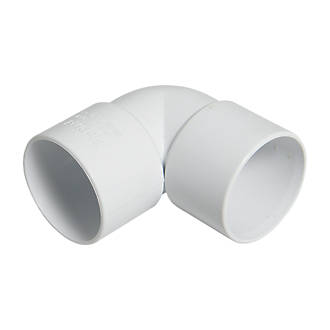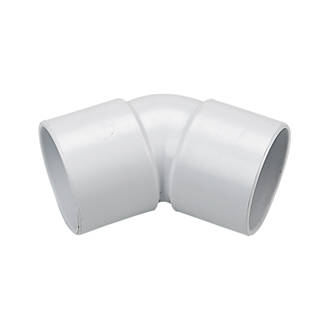Working my way through my self build extension and am almost at the point where I pour my concrete slab (above insulation).
My island is to have an induction hob and an oven. I believe that they will both need their own supply, so I plan to run two 20mm conduits under the slab, each with a sweep bend, ready for the electric cables to be installed later.
Any comments on my proposals?
The other question is where should the isolator switches go? I'm thinking they should be on a wall away from the island - any issues with that?
I will be getting an electrician in to install the electrics but I want to ensure that I have everything correctly prepared for when they arrive.
Cheers,
Craig.
My island is to have an induction hob and an oven. I believe that they will both need their own supply, so I plan to run two 20mm conduits under the slab, each with a sweep bend, ready for the electric cables to be installed later.
Any comments on my proposals?
The other question is where should the isolator switches go? I'm thinking they should be on a wall away from the island - any issues with that?
I will be getting an electrician in to install the electrics but I want to ensure that I have everything correctly prepared for when they arrive.
Cheers,
Craig.




